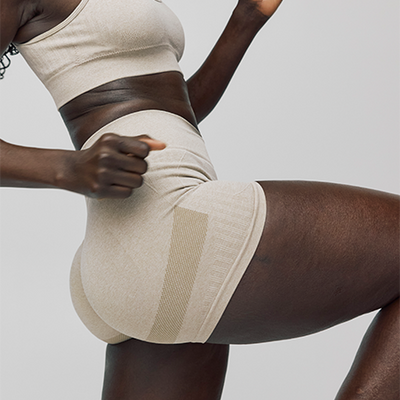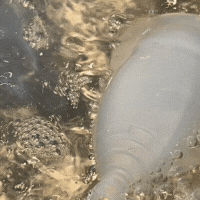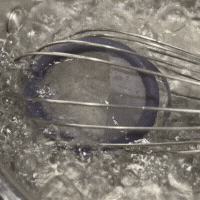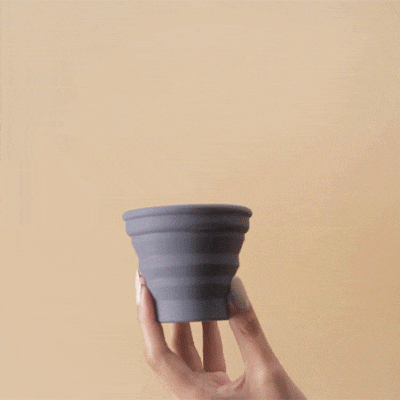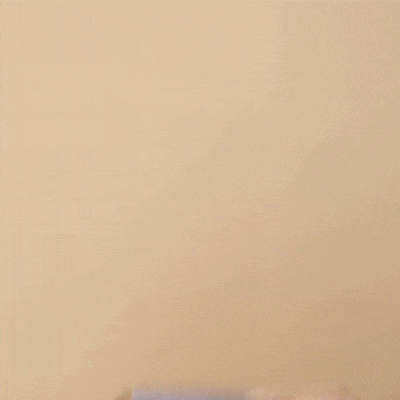These ingredients can degrade and compromise silicone. Overtime, your menstrual cup may show signs of deterioration such as: a sticky or powdery film, severe discoloration, or foul odor. This is when you will know it is time to replace it. Once you’ve bought your new DIVA Cup, clean and recycle the old one with our TerraCycle recycling program.
If you have cleansed the DIVA Cup with any of the non-recommended cleansers, it’s strongly recommended that you replace the cup, especially if there are signs of deterioration or if you experience burning and/or irritation.
